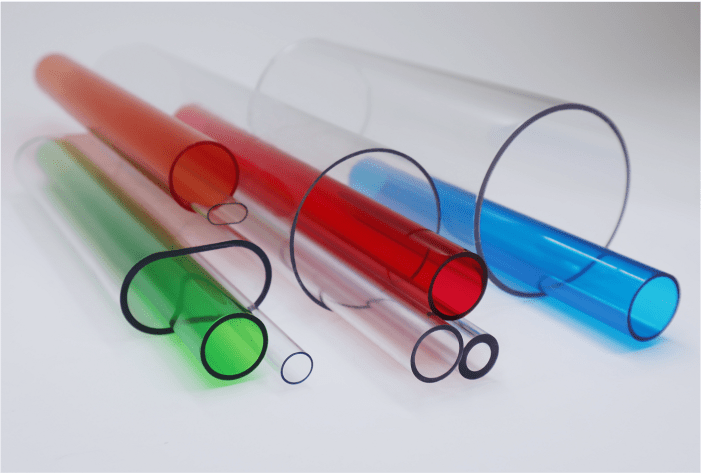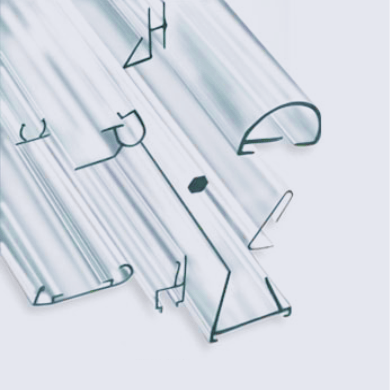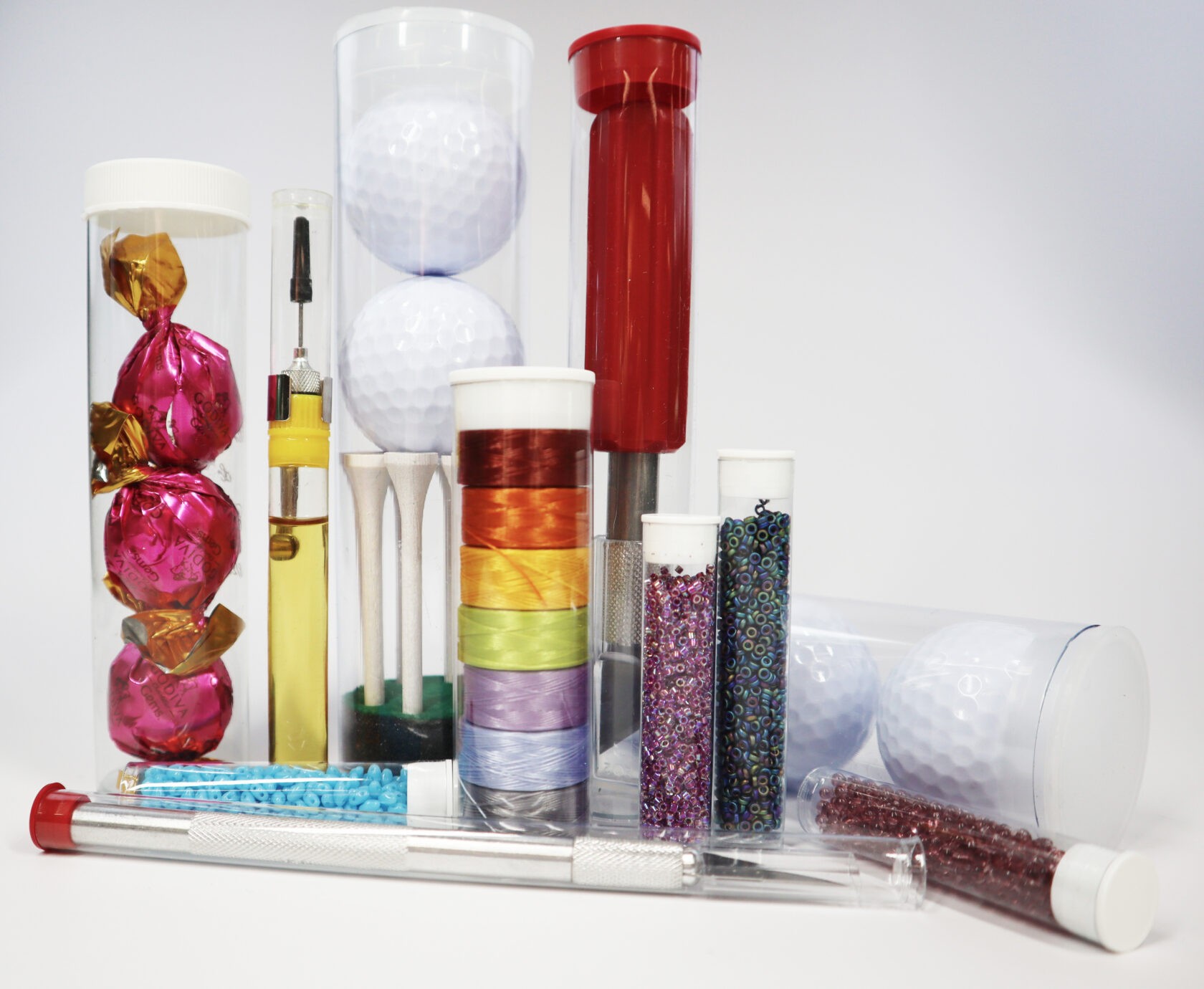A whopping 98% of consumers say that the quality of shipping impacts brand loyalty.
When choosing the packaging that will house your precious products so that they can travel across the world to your loyal customers, there’s no room to skimp.
But there is no “one-size-fits-all” packaging that works for every kind of product. So how can you choose which one is best for your business?
In this article, we’ll compare flexible packaging vs. rigid packaging so that you can make the right decision when it comes to your product packaging options.
Keep reading to learn more.
What Factors Are Important for Packaging?
When it comes to choosing the type of packaging for your business, there are tons of options out there. It can be overwhelming to find the perfect kind that fits what you need.
Some important factors that come into play include:
- Durability
- Looks
- Environmental impact
- Sustainability
- Cost
The type of packaging you choose will differ according to your company’s unique brand, mission, and budget. However, most packaging can be divided into two broad groups: flexible and rigid.
What Is Flexible Packaging?
Flexible packaging refers to any kind of container that has a malleable form, just like the name suggests. Examples of flexible packaging include:
- Flexible pouches
- Shrink film
- Stretch film
- Seal bands
- Clamshells
- Blister and skin packs
Most of the time, flexible packaging is made out of materials like plastic, paper, foil, paperboard, or wax-coated paperboard. They have quickly become more popular over the last decade because of their low cost and environmental impact.
Many different kinds of products can be delivered in flexible packaging. Some include:
- Meat
- Fish
- Produce
- Coffee
- Drinks
- Poultry
- Industrial liquids or powders
- Electronics
- And hundreds more
If you take a walk into a supermarket, more than half of the products have some form of flexible packaging housing their contents.
Pros of Flexible Packaging
Flexible packaging has become increasingly popular for several reasons.
One of the biggest benefits of flexible packaging is that it is environmentally friendly. This type of packaging takes up very little room in landfills and has a low carbon footprint compared to other types of packaging materials. They use less material compared to rigid packaging.
It is also very easy to use. When customers receive their package, they can often get it open very easily without any “wrap rage.” They often include “easy-open” parts like a tear-away lid or pouches.
Another cool benefit of this type of packaging is that they have great capabilities when it comes to branding and aesthetics. You can usually print from edge to edge of the packaging and include your logo or graphics that stand out.
The flexible packaging cost is also quite inexpensive compared to its rigid packaging competitors.
Cons of Flexible Packaging
This type of packaging isn’t without its downsides, though.
For one, if you’re packaging food or liquids, the taste or flavor may be affected by the packaging. Also, if you’re planning on sending your goods to extreme temperatures, this type may not be for you because of their low resistance to high and low temperatures.
Currently, the ability to recycle flexible packaging is not yet set up, and it could take a long time to degrade in landfills.
What Is Rigid Packaging?
Rigid packaging is much stronger and heavier than flexible packaging. Different types of rigid packaging include cardboard, metal, glass, and hard plastics. They are typically more expensive than flexible packaging and have a much higher carbon footprint as well.
Examples of this type of packaging include:
- Pickle jars
- Hummus or yogurt containers
- Whip cream cans
- Bottles for packaging shampoos, soaps and containers
- Bottles for pharmaceutical and medical packaging
Rigid packaging is usually used for fragile food products or other things that need extra protection. Of course, some of them can still break if dropped (like a glass pickle jar).
Rigid packaging is sometimes used to create a higher sense of cost and luxury for consumers. For example, a high-quality tequila will be packaged inside of a glass container, then another type of packaging, followed by cardboard.
Pros of Rigid Packaging
First and foremost, rigid packaging offers superior strength. Because of its heavy-duty material, they can protect its contents from rough handling and the elements that the package might travel through.
Rigid packaging also gives an impression of high quality. Although some products might not actually need the protection of glass, it will suggest that the contents it is holding are much more luxurious than other types of packaging.
Because it contains no soft plastics, there is little chance of this type of packaging affecting the flavor of food.
Lastly, it is very easy to recycle rigid packaging materials like hard plastics and glass.
Cons of Rigid Packaging
The first thing business owners will notice about this type of packaging is its significantly higher cost. Because of its higher-quality materials and heavy-duty sturdiness, it will hit the wallet more than its flexible counterparts. This also incurs higher shipping costs.
Rigid packaging also has a much higher carbon footprint. Although it can be recycled, if it’s not, it takes up much more space in landfills as well.
Flexible Packaging vs. Rigid Packaging: Which One Is for You?
Now that you know the differences between flexible packaging vs. rigid packaging, it’s time to make a choice for your business.
You’ll need to ask yourself certain questions, like do you need a higher level of product protection?
If you need additional safety for your product, rigid packaging containers are the better option due to their enhanced structure.
Is environmental impact important to you or your customer base? What is your budget like? Do you want to exude a sense of luxury when your product arrives at the customer’s door?
Once you answer these questions, you’ll have a better idea of the type of packaging that you need for your business’s products.
If you’re ready to order custom plastic tubing for your business, look no further. Reach out to us today!




